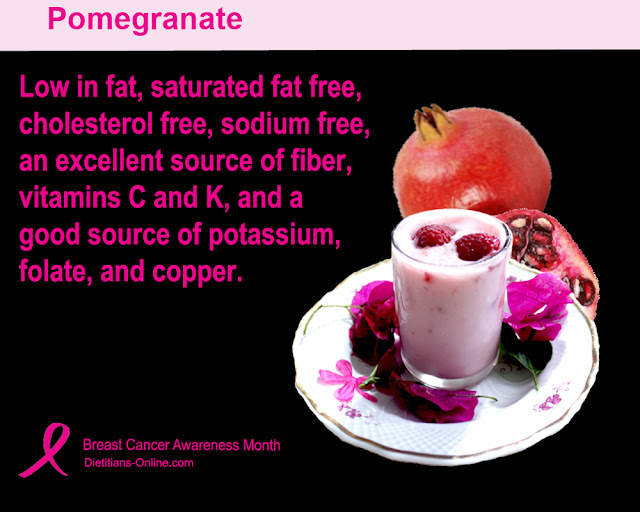Pasta is a type of noodle and commonly referred to as a variety of pasta dishes. It is a staple food of traditional Italian cuisine. Usually, pasta is made from an unleavened dough of durum wheat flour mixed with water and formed into sheets or various shapes, then cooked and served in any number of dishes. It can be made with flour from other cereals or grains, and eggs may be used instead of water. Kinds of pasta are divided into two broad categories, dried (pasta secca) and fresh (pasta fresca).
Both dried and fresh pasta come in a number of shapes and varieties. Common forms of pasta include long shapes, short shapes, tubes, flat shapes, and sheets, filled or stuffed, and decorative shapes.
Serves One
Ingredients
2 oz Whole Wheat Spaghetti (1 cup cooked)
2 tsp Olive Oil
1 Garlic Clove
1 large Tomato, diced (3/4 cup)
1/2 tsp Oregano, dried
1 Tbsp Parmesan Cheese
Directions
1. Prepare spaghetti as per the manufacturer’s directions.
2. Heat olive oil in a skillet over medium heat. Add garlic and cook for about 3 to 4 minutes.
3. Add tomatoes and oregano; simmer, uncovered, 10 to 15 minutes.
4. Add spaghetti to skillet; toss to coat with tomatoes.
5. Sprinkle with Parmesan cheese before serving.
Resources and References
2. Walder Wellness: Pasta Recipes













































